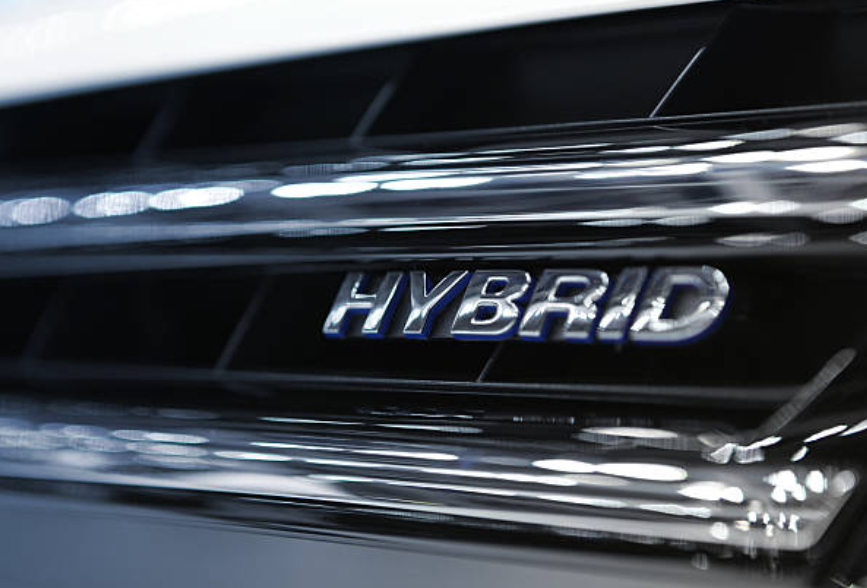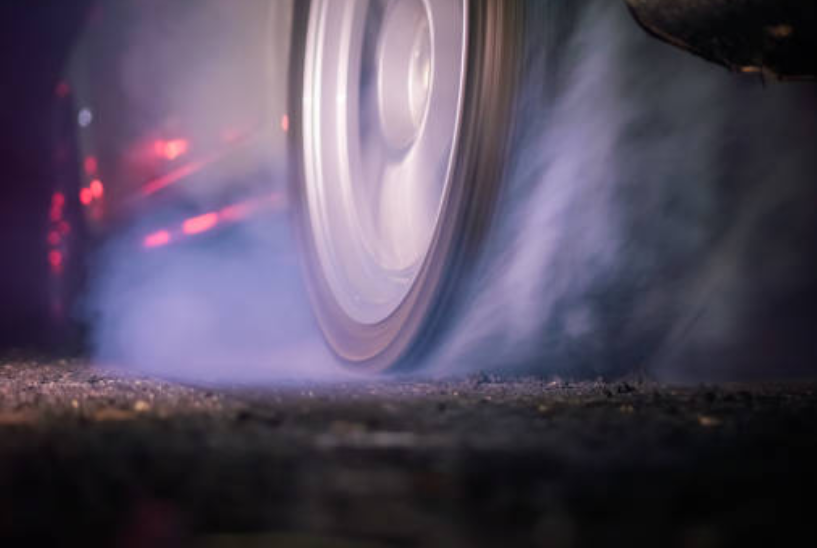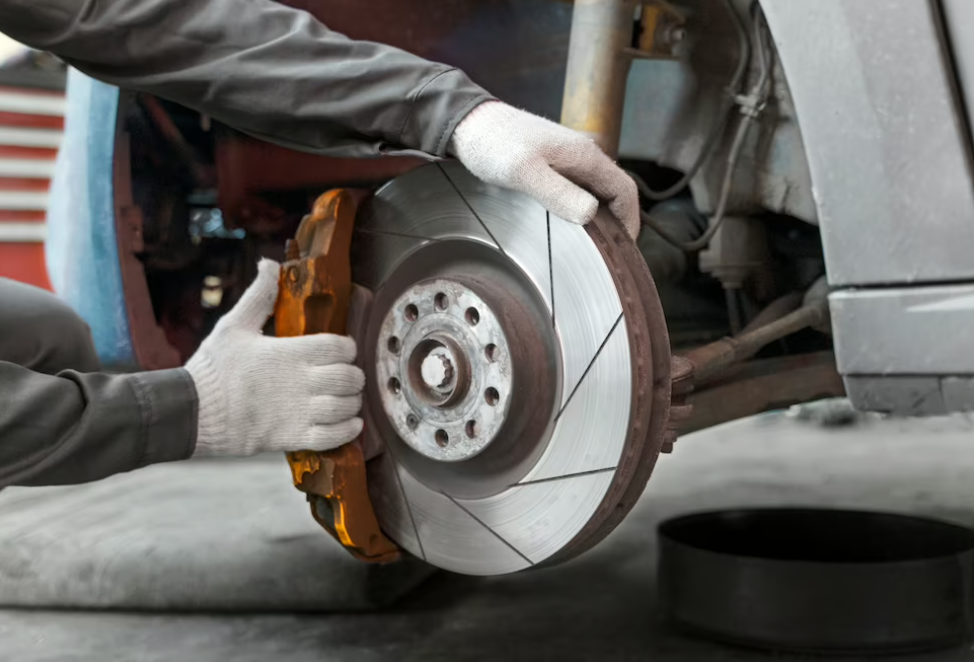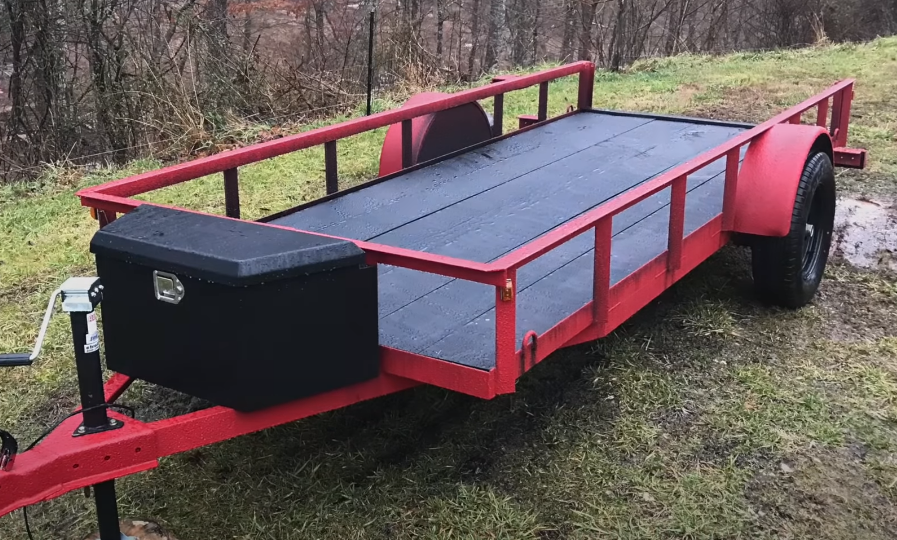How Does Dry Ice Cleaning Work?
Ever wonder how thoroughly surfaces can be cleaned without the need of abrasive materials? Let us introduce you to dry-ice cleaning, a cutting-edge technique that uses solid carbon dioxide to obtain remarkably clean surfaces. At temperatures as low as around minus 110 degrees Fahrenheit, dry ice sublimates—that is, it becomes gas instead of solid—when it comes into contact with surfaces. Because of its special quality, it cleans incredibly well and gets rid of rust, dirt, and other pollutants without harming the surface underneath. However, what are the beginnings of this process, and how does it operate precisely? Come along as we explore the fascinating field of dry-ice cleaning and learn about its inner workings.

How Does Dry-ice Cleaning Work?
The solid form of carbon dioxide is called dry ice. The extremely cold substance, which is almost minus-110 degrees Fahrenheit, can really clean surfaces if you spray it with a pressurized hose. It is comparable to media blasting but without the use of abrasive materials like silicone dioxide or glass beads.

Because carbon dioxide particles sublimate, or change from a solid to a gas without first becoming a liquid, when they come into contact with the surface, dry ice particles are an excellent cleaning agent for restorations. Dirt, rust, and other contaminants are not removed by the particles' collision. When the carbon dioxide particles revert to gas, magic happens. In contrast to the chiseling impact of sandblasting, dry-ice blasting eliminates decades' worth of soot, oil, and waste without harming the car's aluminum, steel, or other metal components.
Heavy degreasing, undercoating, or a combination of the two are involved in most automotive duties. Depending on the extent of the dirt, the job typically takes five to seven hours. A rotisserie car rotator is perfect because access is crucial, but a lift can also assist you in reaching the appropriate parts of the automobile.
If travel is required, the formal rate is $350 per hour, in addition to $250 per hour at the company's location. That implies that the price range for a whole car is between $1,250 and $2,450. Different stores could charge more or less.

The aviation sector is where dry-ice cleaning originated, and there is evidence that the US Navy tested it as a degreaser as early as 1954. The true use of dry-ice cleaning, however, was not discovered until Lockheed Martin submitted a patent for "sandblasting with pellets of material capable of sublimation" in 1974.

By the middle to end of the 1980s, dry ice was being used for cleaning by other commercial enterprises. Following the filing of further patents for a portable cleaning device, business flourished. The automotive sector is the most recent to adopt this application.
Lockheed's patent was leveraged by Alpheus for business purposes. These days, businesses that sell equipment suitable for commercial use in car restoration include Cold Jet, which recently bought Alpheus. Numerous businesses already provide the restoration of classic cars.
Their cleaning methodology is where they diverge most. Sandblasting is one example of an abrasive procedure that physically removes debris through abrasion, which can harm surfaces. On the other hand, non-abrasive methods, such as dry ice cleaning, use the kinetic energy of accelerated dry ice particles to remove impurities without harming the surface. As a mild yet effective substitute for abrasive treatments, dry ice cleaning is offered.
Blasting
Explosions have nothing to do with this. This simply means pushing something through a pressurized hose—in this example, carbon dioxide pellets.
Dry Ice
Dry ice, a solid form of carbon dioxide, is frequently generated as a byproduct in the synthesis of ethanol. When gas escapes, it is gathered and solidified again, only to be violently compressed back into gas while cleaning. Isn't science amazing?
Pellets
These are the ingredients used in the dry-ice cleaning procedure; they are the size of a maize kernel. They are probably sourced for industrial usage rather than being sold in retail. Pickard claimed to have a few sources 45 minutes away from his Pennsylvania location.
Sublimation
The process by which a solid becomes a gas without first becoming a liquid is known as an endothermic reaction. Sublimation can only happen under certain pressure and temperature conditions.
Can I purchase a dry ice cleaner on my own?
Of course, you can. Many can be found on eBay. However, since the systems are not inexpensive, you would probably need to blast a large region to make them viable. They broke over $20,000 for the new hotness, running from $5,000 for the old. The overall number of hours that a machine is used is measured.
What personal protection equipment is required for blasting with dry ice?
As with any kind of information overload, shield your skin, ears, and eyes. You are ready to travel once you add some breathing protection.
Is the environment safe when using dry ice?
Yes. When the pellets reach the surface, they essentially transform into a harmless gas. There is some cleanup, though.
Does using dry ice for cleaning have drawbacks?
Although dirty, this media blasting is not any messier than the others. There is no abrasive media to clean up after, unlike with sandblasting. You will only need to clean off the dust, filth, and rust particles that fall off because the dry ice goes back into gas. It is also rather noisy. Operationally, the system operates at 150 dB. As Pickard put it, those who come to see him work soon lose interest.
In conclusion, dry-ice cleaning stands as a testament to the ingenuity of human innovation. From its humble origins in the aviation sector to its widespread adoption in various industries, this method has transformed the way surfaces are cleaned, offering a gentle yet highly effective alternative to abrasive techniques. As we navigate the complexities of modern cleaning practices, dry-ice cleaning serves as a beacon of environmental sustainability and efficiency, promising pristine results without compromising on safety or efficacy. So, the next time you witness the transformative power of dry ice at work, remember the remarkable journey that brought this revolutionary cleaning method to fruition.
Click on the follwing link to read another blog post: How Does Paint Color Affect The Resale Value Of A Car?












